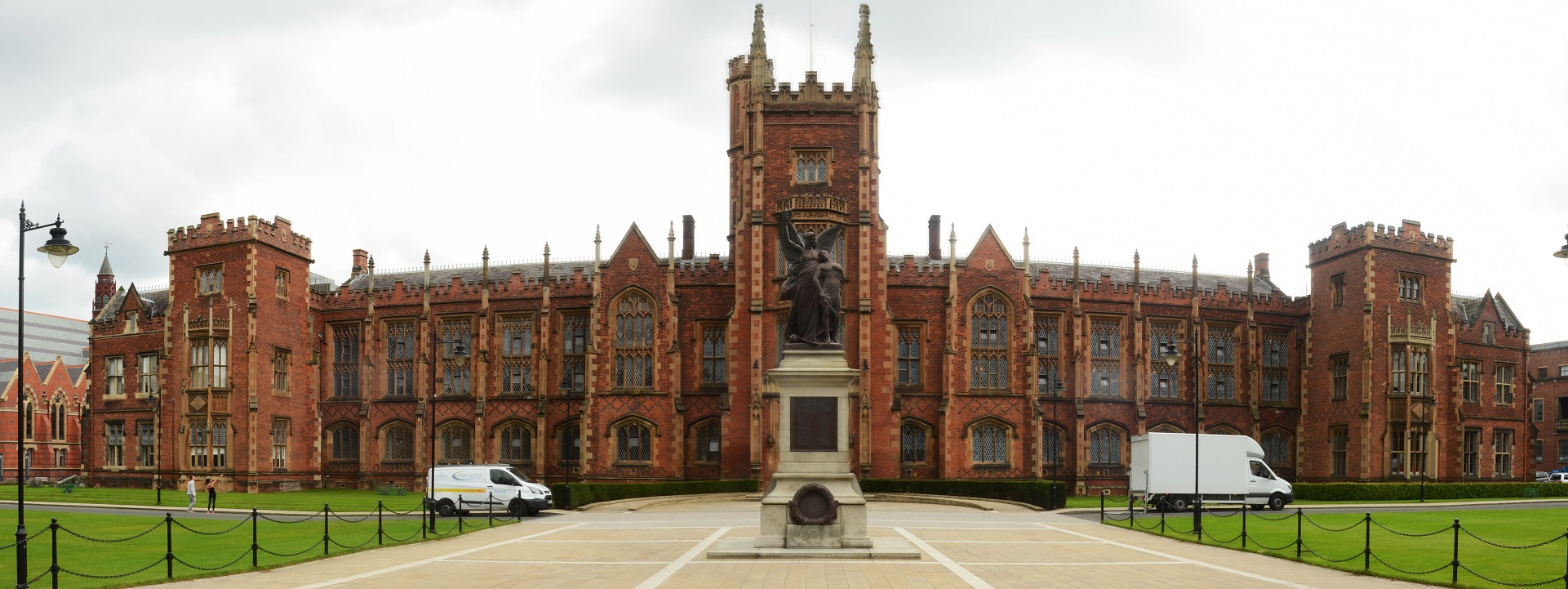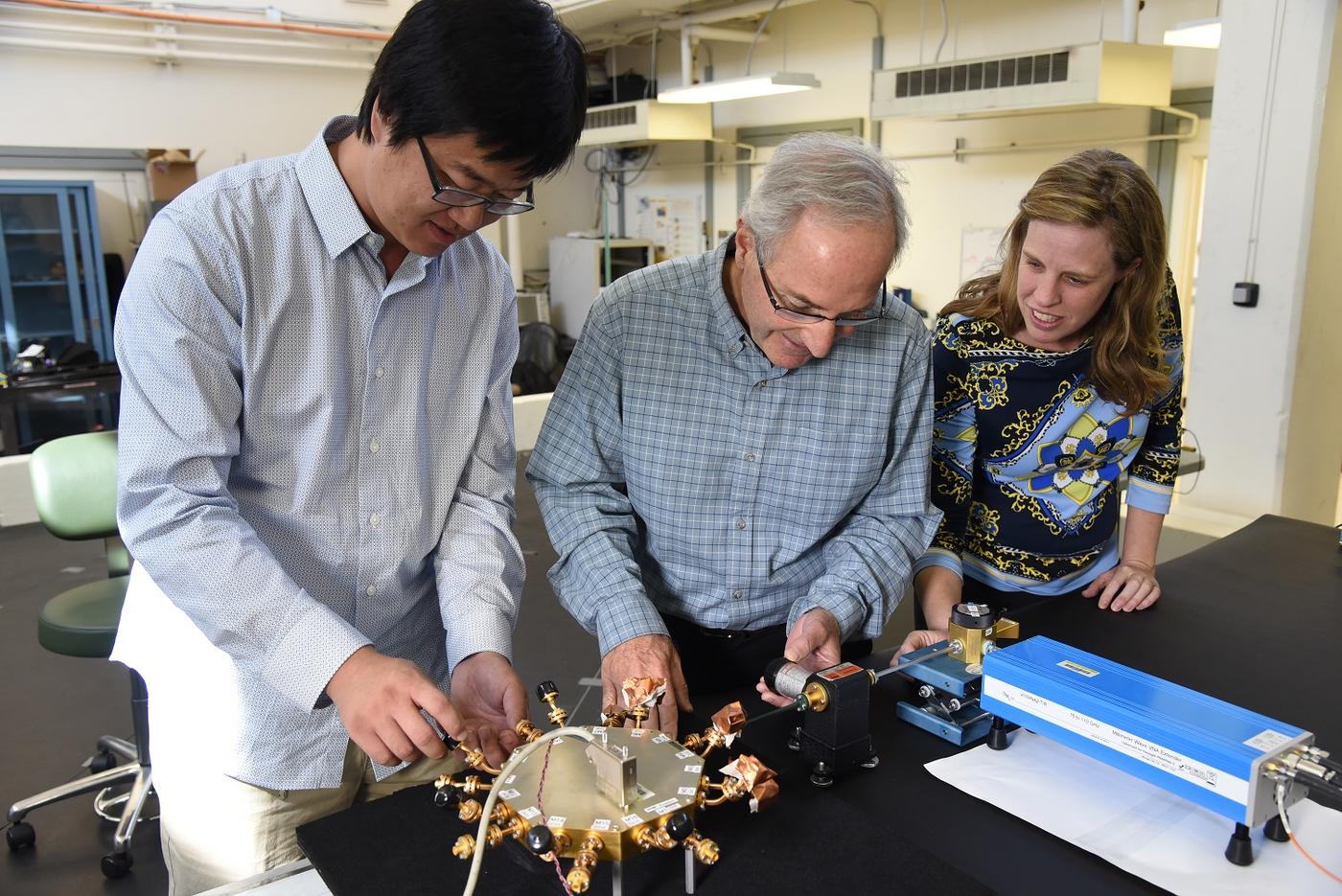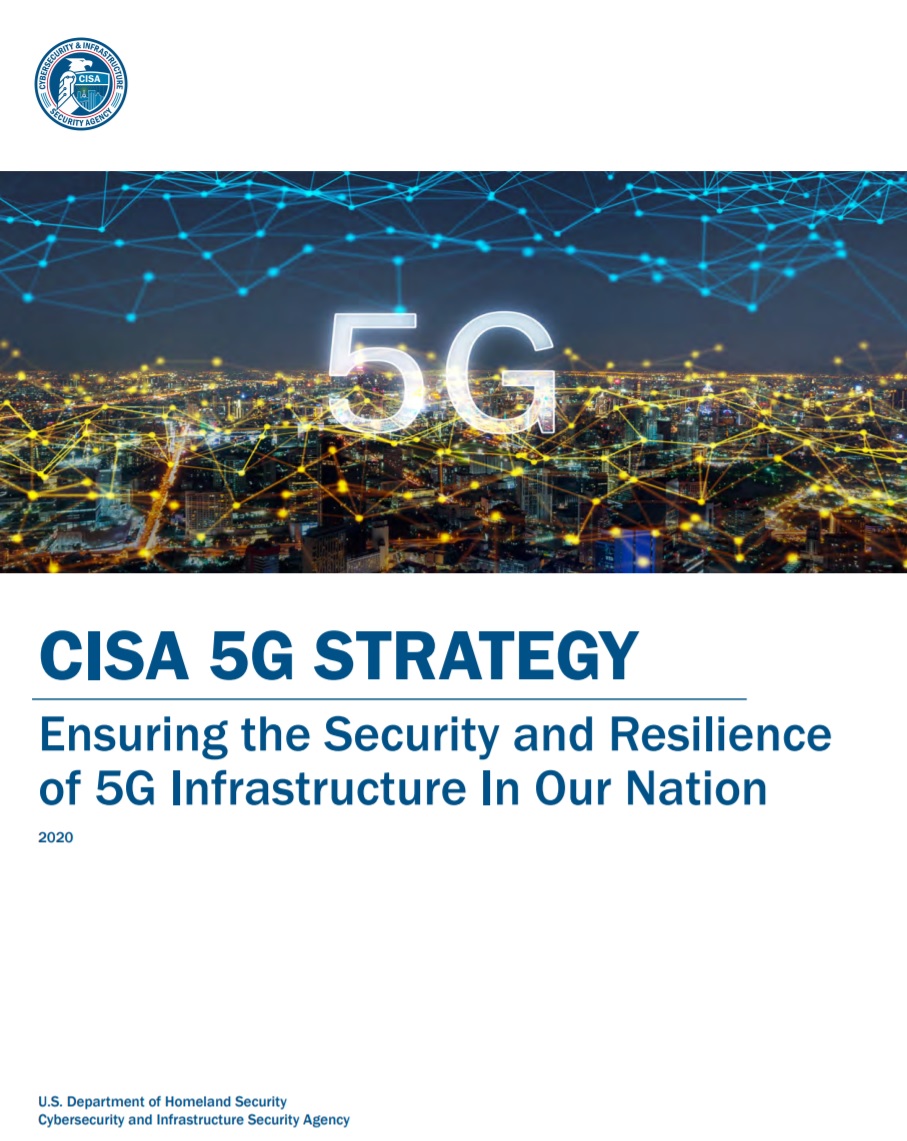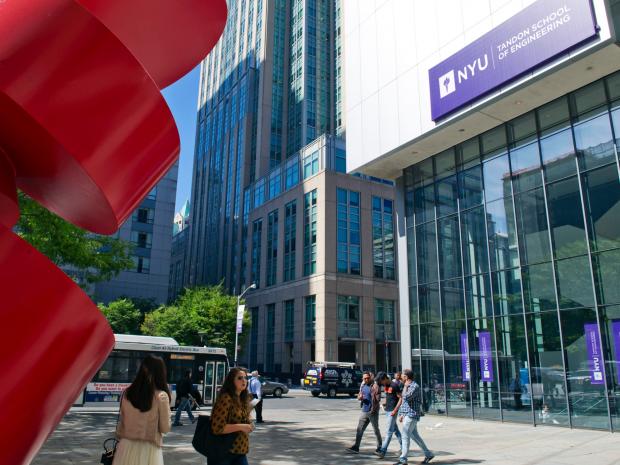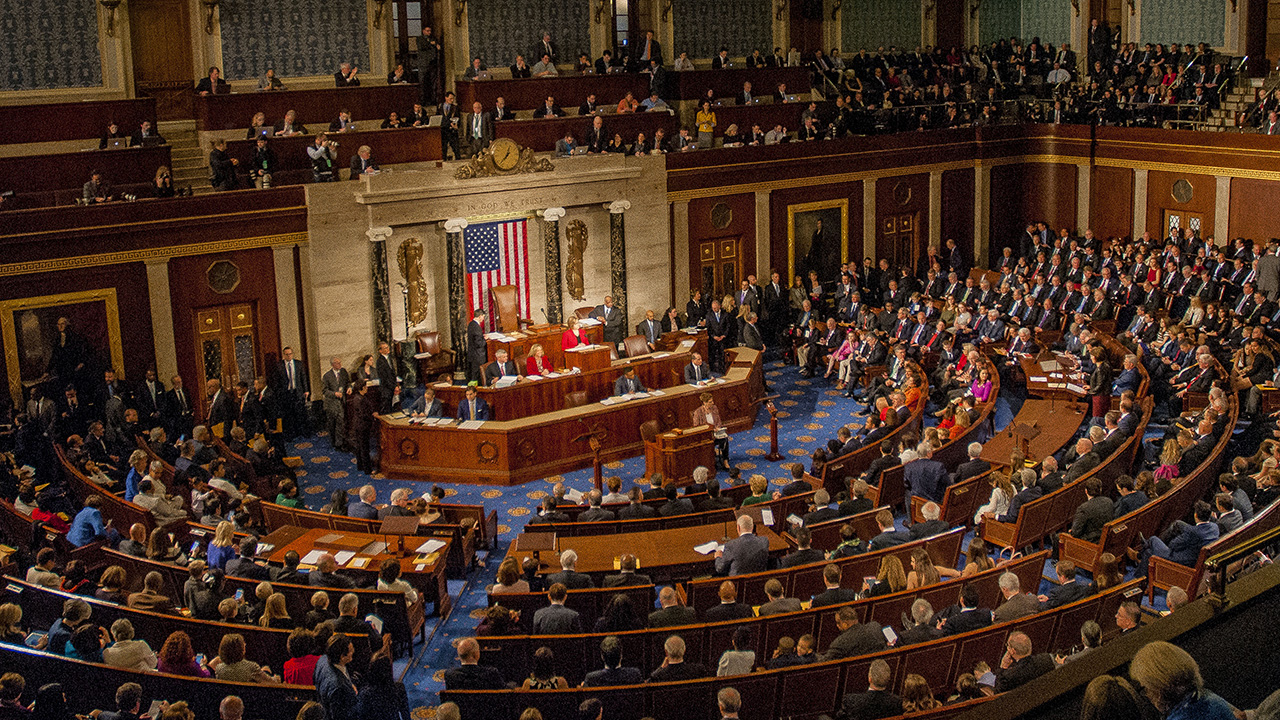Hien Quoc Ngo – Trung Q. Duong – Michail Matthaiou
Institute of Electronics, Communications and Information Technology, Queen’s University Belfast
School of Electrical and Electronic Engineering, University College Dublin, Dublin 4, Ireland
Department of Electrical Engineering, Linköping University, Linköping, Sweden
We consider the cell-free massive multiple-input multiple-output (MIMO) downlink, where a very large number of distributed multiple-antenna access points (APs) serve many single-antenna users in the same time-frequency resource. A simple (distributed) conjugate beamforming scheme is applied at each AP via the use of local channel state information (CSI). This CSI is acquired through time-division duplex operation and the reception of uplink training signals transmitted by the users. We derive a closed-form expression for the spectral efficiency taking into account the effects of channel estimation errors and power control. This closed-form result enables us to analyze the effects of backhaul power consumption, the number of APs, and the number of antennas per AP on the total energy efficiency, as well as, to design an optimal power allocation algorithm. The optimal power allocation algorithm aims at maximizing the total energy efficiency, subject to a per-user spectral efficiency constraint and a per-AP power constraint. Compared with the equal power control, our proposed power allocation scheme can double the total energy efficiency. Furthermore, we propose AP selections schemes, in which each user chooses a subset of APs, to reduce the power consumption caused by the backhaul links. With our proposed AP selection schemes, the total energy efficiency increases significantly, especially for large numbers of APs. Moreover, under a requirement of good quality-of-service for all users, cell-free massive MIMO outperforms the colocated counterpart in terms of energy efficiency.



